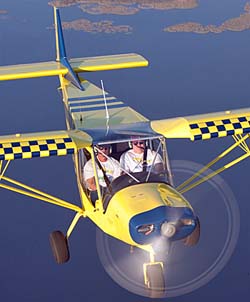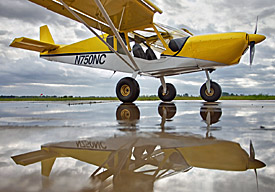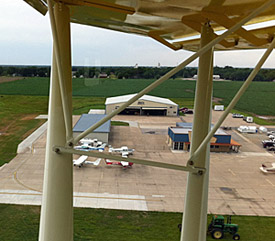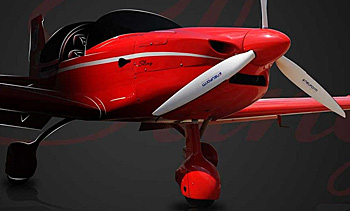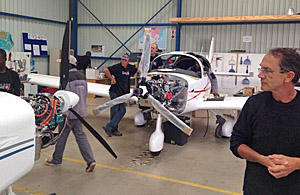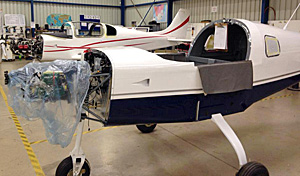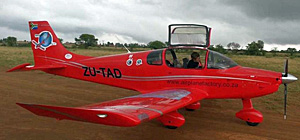
Among Light-Sport Aircraft enthusiasts, certain qualities of our wonderful airplanes are compelling. While fuel efficiency is high on the list as are great visibility and modest prices, another characteristic often rises high in the minds of aviators: STOL, shorthand for Short Takeoff and Landing. Now honestly, virtually all our aircraft exhibit much shorter takeoffs and landings than nearly any general aviation airplane, owing to the light weight and high power-to-weight ratio of LSA. However, even among the standard good performance, some machine rise more quickly than others. For decades, Zenith Aircraft has sold the CH 701 and now the CH 750 that offer some of the best short field performance of any light plane. Recently the company described an event down under (where it is summertime). “Down under” in this case means New Zealand. Every year pilots gather in Omaka, New Zealand for the Healthy Bastards STOL Competition. This year Zenith reported their aircraft took first and second place in the microlight or LSA 1,320 pound category.



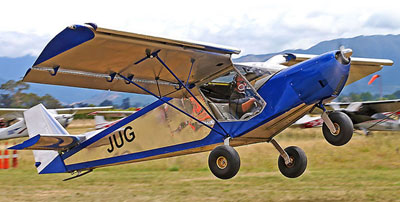
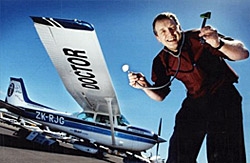
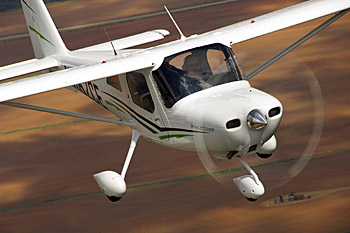
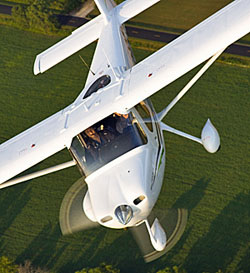
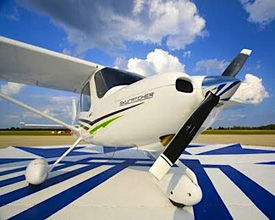


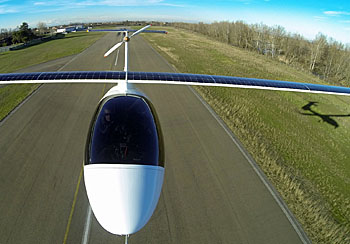
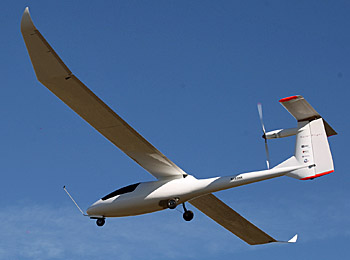
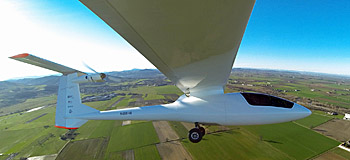
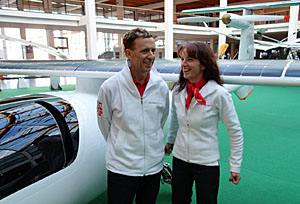


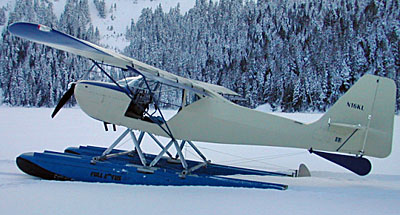
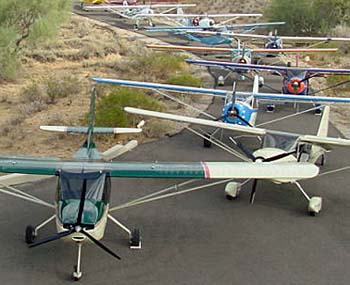

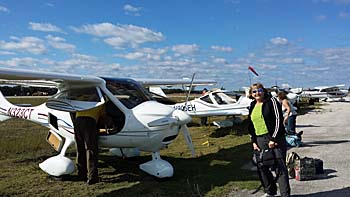 On the Fourth Bahamas Fly Out in January 2014, a group of four Light-Sport Aircraft and one Cessna 172 made the short hop to Bimini Island of the Bahamas from Fort Lauderdale, Florida. It may only be 50 nautical miles but at a cruising altitude of 3,000-5,500 feet you definitely fly out of sight of land ... yes, thousands of miles of ocean and no land to be seen from the cockpit. Do I have your attention yet? Even the ever-dependable Rotax 912 that powered all four LSA seems to run rough shortly after land disappears behind you. A pilot briefing from a Bahamas flying expert gave all pilots the preparation to deal with a problem en route but an actual emergency would be a major dilemma for those on board.
On the Fourth Bahamas Fly Out in January 2014, a group of four Light-Sport Aircraft and one Cessna 172 made the short hop to Bimini Island of the Bahamas from Fort Lauderdale, Florida. It may only be 50 nautical miles but at a cruising altitude of 3,000-5,500 feet you definitely fly out of sight of land ... yes, thousands of miles of ocean and no land to be seen from the cockpit. Do I have your attention yet? Even the ever-dependable Rotax 912 that powered all four LSA seems to run rough shortly after land disappears behind you. A pilot briefing from a Bahamas flying expert gave all pilots the preparation to deal with a problem en route but an actual emergency would be a major dilemma for those on board.
 Fortunately no such challenges arose. Experts were also on hand to help pilots file the international flight plans that have become much more complicated since 9/11. Ironically, only the FAA Type Certified Cessna 172 Skyhawk experienced problems. A magneto went out of service and the communications radio went quiet, delaying the arrival of three members of the 2014 Bahamas fly out. The problem was quickly remedied with a new part flown in from California overnight and the last of the group arrived a day later. All four LSA — two
Fortunately no such challenges arose. Experts were also on hand to help pilots file the international flight plans that have become much more complicated since 9/11. Ironically, only the FAA Type Certified Cessna 172 Skyhawk experienced problems. A magneto went out of service and the communications radio went quiet, delaying the arrival of three members of the 2014 Bahamas fly out. The problem was quickly remedied with a new part flown in from California overnight and the last of the group arrived a day later. All four LSA — two 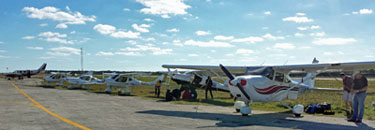 As this was my third trip (twice in a Flight Design CTLS and once in a Breezer), I didn't hear the rough-Rotax sound that first time pilots always think they detect. Still, we wore life jackets (photo) for the whole 36-minute trip as donning these life jackets after you are in the water can be much harder. Plus, CTLS in the United States are sold with an airframe parachute as standard equipment providing a very comforting backup. Our fuel-injected
As this was my third trip (twice in a Flight Design CTLS and once in a Breezer), I didn't hear the rough-Rotax sound that first time pilots always think they detect. Still, we wore life jackets (photo) for the whole 36-minute trip as donning these life jackets after you are in the water can be much harder. Plus, CTLS in the United States are sold with an airframe parachute as standard equipment providing a very comforting backup. Our fuel-injected 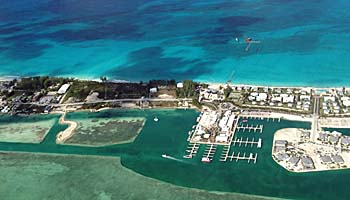 In 2014, Sport Pilot/Light-Sport Aircraft will celebrate a Tenth Anniversary. In 2010 on the occasion of the first Bahamas Fly Out, Sport Pilot certificate holders were able to use this entry level pilot license in the Bahamas. The island nation became the first country outside the USA to accept Sport Pilots. Most of the 40 pilots that have made these Bahamas expeditions have held higher level pilot certificates, but it's nonetheless wonderful that Bahamian authorities accept the simpler license. Truly, the Bahamas government decision is understandable. This is a country consisting of more than 700 islands, of which 30 are inhabited. The two main tourist destinations are Grand Bahamas and Nassau, which are often visited by airliners and cruise ships that propel the main industry of tourism. However, the 28 "out islands" are visited most often by small 8-15 seat airliners and private aircraft. It is the privately-owned, owner-flown airplanes that bring most tourists to the smaller islands, even more than boats which also frequent these waters known for their excellent fishing and water sports like scuba and snorkle diving. Since airplanes transport more visitors to the out islands, it is no surprise that every populated island has an airport.
In 2014, Sport Pilot/Light-Sport Aircraft will celebrate a Tenth Anniversary. In 2010 on the occasion of the first Bahamas Fly Out, Sport Pilot certificate holders were able to use this entry level pilot license in the Bahamas. The island nation became the first country outside the USA to accept Sport Pilots. Most of the 40 pilots that have made these Bahamas expeditions have held higher level pilot certificates, but it's nonetheless wonderful that Bahamian authorities accept the simpler license. Truly, the Bahamas government decision is understandable. This is a country consisting of more than 700 islands, of which 30 are inhabited. The two main tourist destinations are Grand Bahamas and Nassau, which are often visited by airliners and cruise ships that propel the main industry of tourism. However, the 28 "out islands" are visited most often by small 8-15 seat airliners and private aircraft. It is the privately-owned, owner-flown airplanes that bring most tourists to the smaller islands, even more than boats which also frequent these waters known for their excellent fishing and water sports like scuba and snorkle diving. Since airplanes transport more visitors to the out islands, it is no surprise that every populated island has an airport.
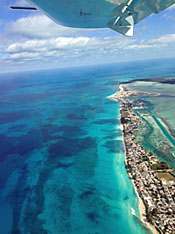 Fuel is another matter, though. Cargo transport to small islands is limited so most have no aviation gas and auto fuel could be of questionable purity. Thus, the commonly long range of Light-Sport Aircraft make these trips that much easier and safer. Flying to the Bahamas is a thrilling over-ocean experience and a joy on arrival with warm weather, pleasant Bahamian people, good food and good sport. Someday you should try it and see for yourself the bluest water you can imagine. Thanks to
Fuel is another matter, though. Cargo transport to small islands is limited so most have no aviation gas and auto fuel could be of questionable purity. Thus, the commonly long range of Light-Sport Aircraft make these trips that much easier and safer. Flying to the Bahamas is a thrilling over-ocean experience and a joy on arrival with warm weather, pleasant Bahamian people, good food and good sport. Someday you should try it and see for yourself the bluest water you can imagine. Thanks to 
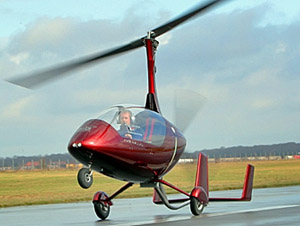
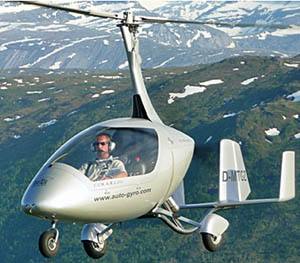
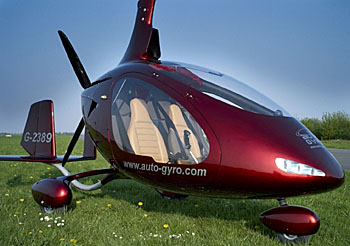

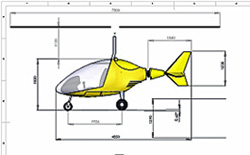

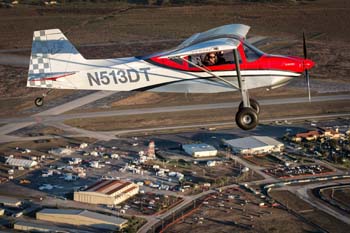
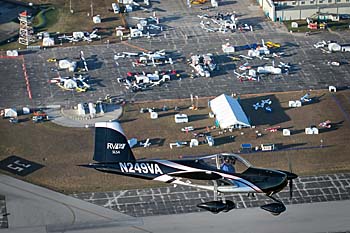
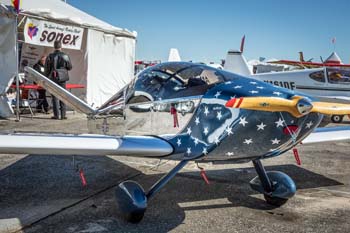


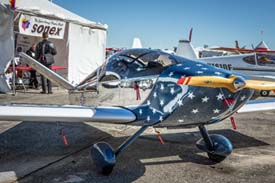

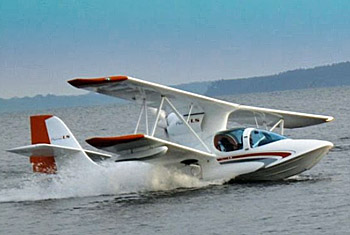

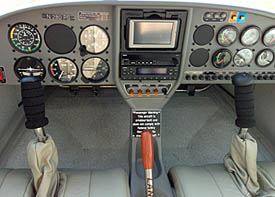
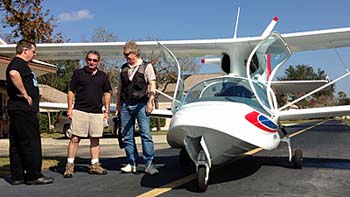

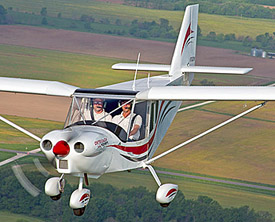

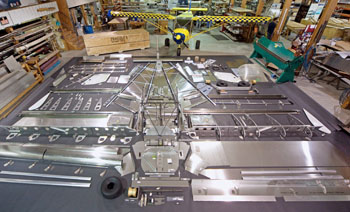


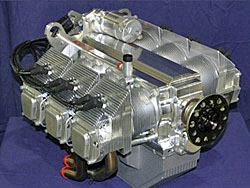
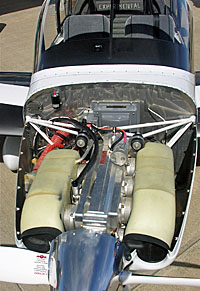

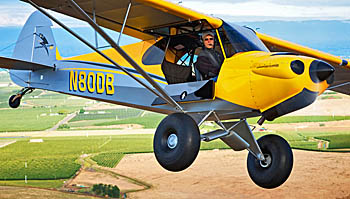

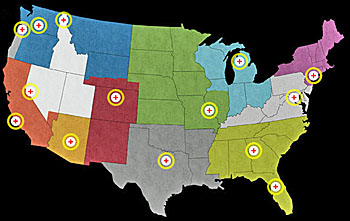

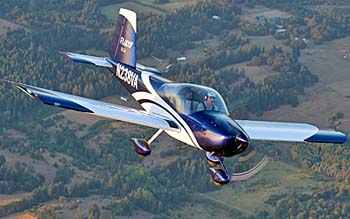
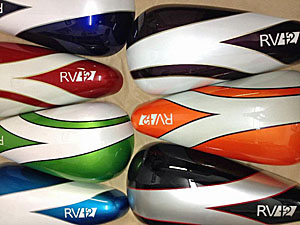
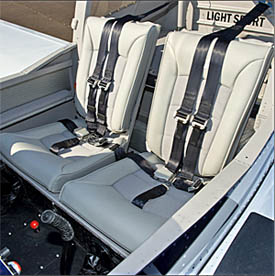
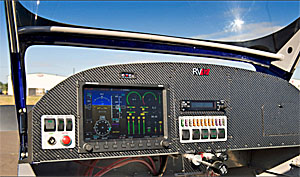
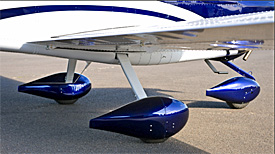

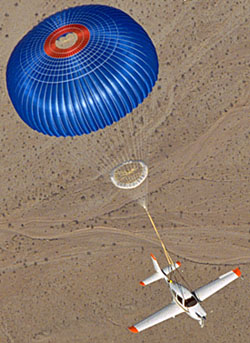
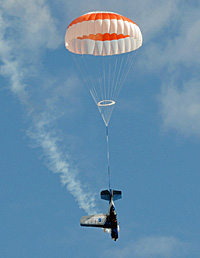
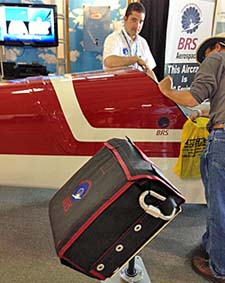


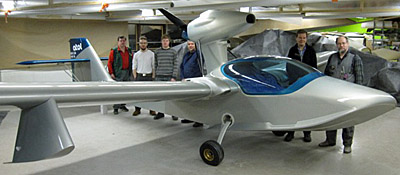
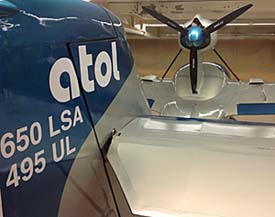
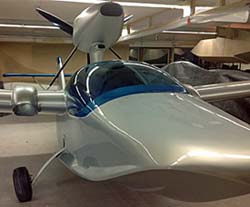
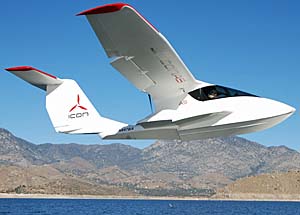
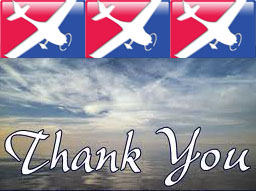

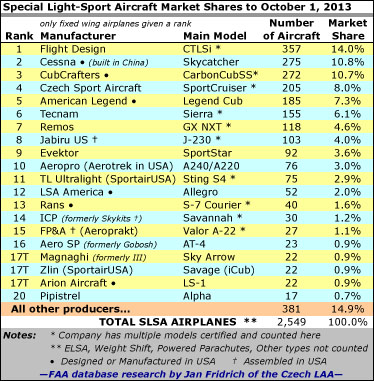
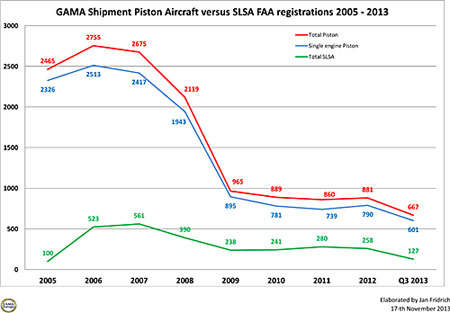
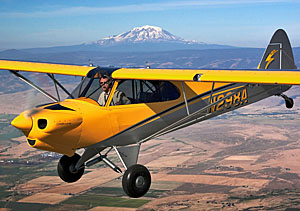
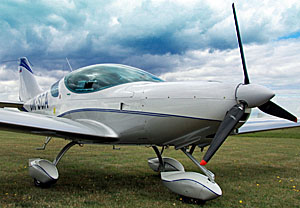

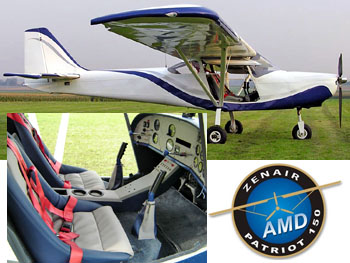



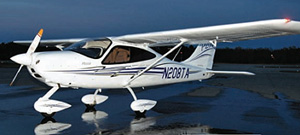 I was mighty busy last week, talking about my
I was mighty busy last week, talking about my 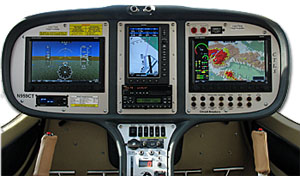 Meanwhile, why all this heated talk? To my knowledge — and John knew no differently — only three LSA manufacturers actually pursued IFR-equipped aircraft:
Meanwhile, why all this heated talk? To my knowledge — and John knew no differently — only three LSA manufacturers actually pursued IFR-equipped aircraft: 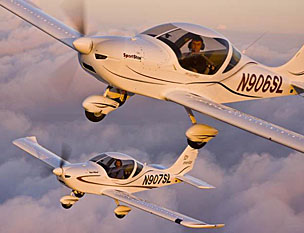 So, are all those who express concern about the future loss of IMC privilege flying a properly equipped LSA? John Hurst and I doubt it. Neither of us believe many LSA have been sold that are properly outfitted for IFR flight. (John has one for sale right now.) Conversely, many "Day/Night VFR" LSA are marvelously equipped with high-tech systems like
So, are all those who express concern about the future loss of IMC privilege flying a properly equipped LSA? John Hurst and I doubt it. Neither of us believe many LSA have been sold that are properly outfitted for IFR flight. (John has one for sale right now.) Conversely, many "Day/Night VFR" LSA are marvelously equipped with high-tech systems like 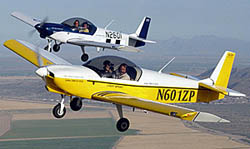 We don't have all these answers yet. John and I agreed to try to determine how many true IFR LSA may have been delivered. Personally I'd be surprised if we're talking more than a few dozen out of nearly 2,000 SLSA sold in the USA
I repeat: if you already have an IFR-equipped LSA, you will not lose any IMC privilege. The ASTM committee prohibition only applies to new LSA built under the latest standard revision. I don't expect that revision to be accepted by FAA until later this year. Therefore — and this is important — if you have an LSA now, or buy one before the new standard is accepted by FAA, the IMC prohibition does not apply to your aircraft.
We don't have all these answers yet. John and I agreed to try to determine how many true IFR LSA may have been delivered. Personally I'd be surprised if we're talking more than a few dozen out of nearly 2,000 SLSA sold in the USA
I repeat: if you already have an IFR-equipped LSA, you will not lose any IMC privilege. The ASTM committee prohibition only applies to new LSA built under the latest standard revision. I don't expect that revision to be accepted by FAA until later this year. Therefore — and this is important — if you have an LSA now, or buy one before the new standard is accepted by FAA, the IMC prohibition does not apply to your aircraft.
